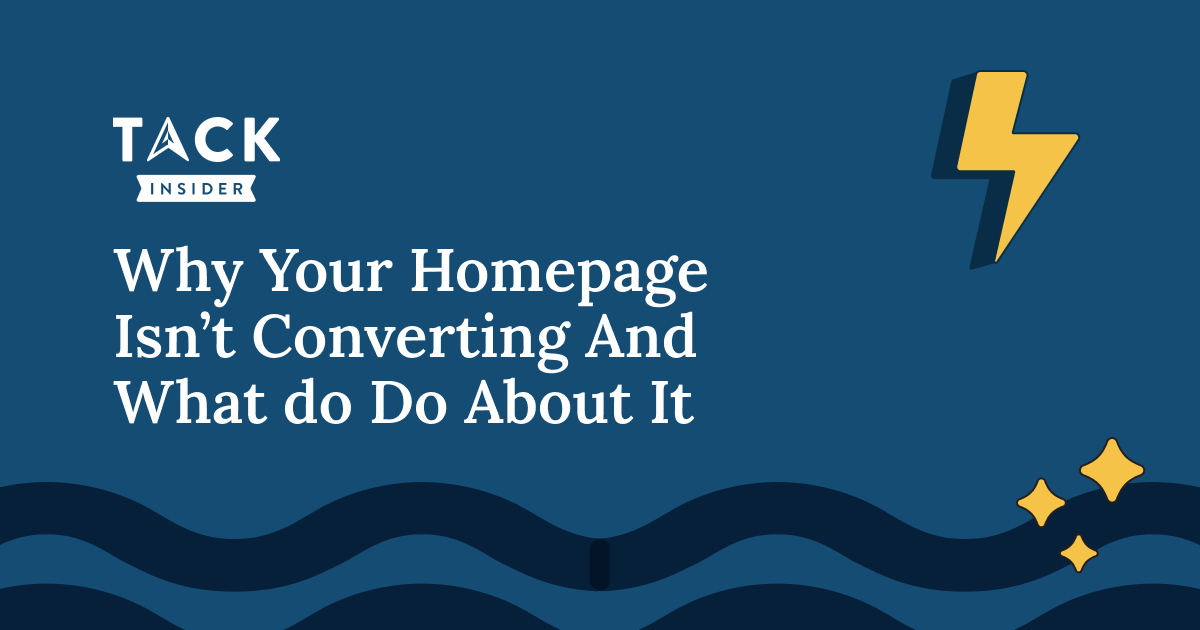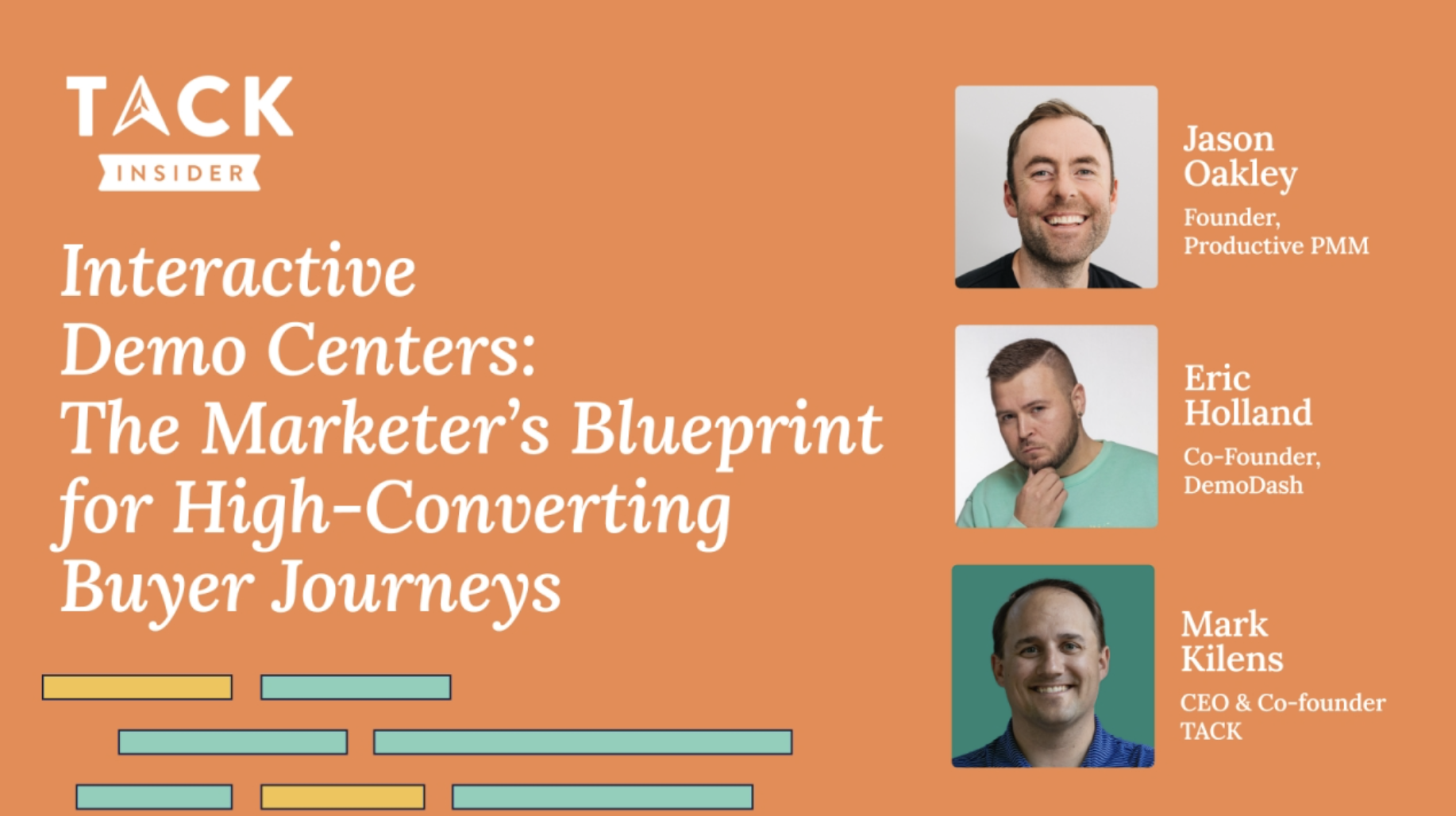Speakers: Vin Matao, Founder, Creator Buzz | Brianna Doe, Creator, Founder, and Podcast Host
Overview
B2B influencer marketing isn’t just a repackaged B2C play, it’s an entirely different muscle. In this TACK Insider session, the host sat down with the CEO of Verbatim and the founder of Creator Buzz to dig into how B2B brands can use influencer partnerships to drive real business outcomes, not just vanity metrics.
From picking the right creators to designing full-funnel campaigns, this conversation surfaces hard-won lessons and sharp guidance for marketers who want to make influencer marketing a core part of their GTM strategy.
Check out the full slides of the webinar
1. Start with the real goal—not just “brand awareness”
Too often, brands default to “brand awareness” as the stated objective without knowing what success really looks like. Instead, Brianna suggests zooming out:
“Ask what would make you look back in a year and say this was successful.”
That shift often surfaces more specific needs—like trial signups, lead gen, or market share—that better shape campaign decisions.
Practical steps:
- Use “what does success look like in 12 months?” as a diagnostic question
- Map influencer goals to business-stage priorities (early-stage = lead gen, late-stage = share of voice)
- Don’t assume impressions mean impact—define what real traction looks like for you
2. Choose influencers by fit, not fame
Follower count is a weak proxy for effectiveness—especially in B2B, where niche relevance beats mass reach. Vin recommends selecting influencers based on audience quality and alignment.
What to evaluate:
- Platform fit: Where does your ICP actually spend time? LinkedIn, YouTube, TikTok, or beyond?
- Content quality: Does their style and tone match your brand values?
- Audience depth: Look beyond titles—are their followers actually your buyers, champions, or influencers?
- Engagement authenticity: Are they sparking real conversations, or gaming the algorithm?
“Impressions are fine,” Vin notes, “but meaningful conversations in the comments—that’s where the value lives.”
3. Micro vs. macro? Blend both strategically
Instead of debating whether micro or macro influencers are “better,” use both intentionally. Macros can drive brand awareness; micros bring niche authority and engagement.
Brianna’s approach:
- Use macro creators for wide reach and storytelling
- Tap micro/nano creators for specific audience segments and lead gen
- Build programs around consistency—one-off posts rarely move the needle
Vin adds that in B2B, many creators have full-time jobs or businesses, so they’re choosy. “They don’t want to feel like a billboard,” he says. “They’ll prioritize work that aligns with their values and time.”
4. Integrate creators into your full GTM motion
A common mistake? Treating influencer posts as isolated splash moments instead of embedding them into broader campaigns.
Nick points out that many brands launch LinkedIn influencer posts… and then do nothing with them. The shelf life is short, and the impact fades fast.
To fix this:
- Repurpose creator content across paid, email, and internal enablement
- Align with events, launches, or content drops for coordinated impact
- Use creators not just for posts—but for webinars, AMAs, and co-created content
“In B2B, it’s rarely a value problem—it’s a distribution problem,” says Vin.
5. Lessons from campaigns that flopped
Not every campaign lands. Both speakers shared examples where performance fell flat—often because the influencer wasn’t well-integrated or the audience was misaligned.
What they learned:
- Single sponsored posts often fail to deliver trial signups or conversions
- Going deeper (multi-post, integrated partnerships) works better than spreading thin
- Revisit your assumptions—sometimes your product’s real users aren’t who you expected
Brianna recalls a campaign that bombed on first try. “We had to scrap the one-post-per-influencer approach and rebuild a strategy with fewer creators but more consistent content,” she says. The second time around? Significantly better results.
Key Takeaways
- Ask what success looks like 12 months out—not just this quarter
- Match creators to your ICP and brand values, not just reach
- Micro and macro creators each bring different strengths; blend both
- Reuse influencer content across multiple touchpoints to extend shelf life
- One-off posts rarely work—invest in deeper, integrated partnerships






